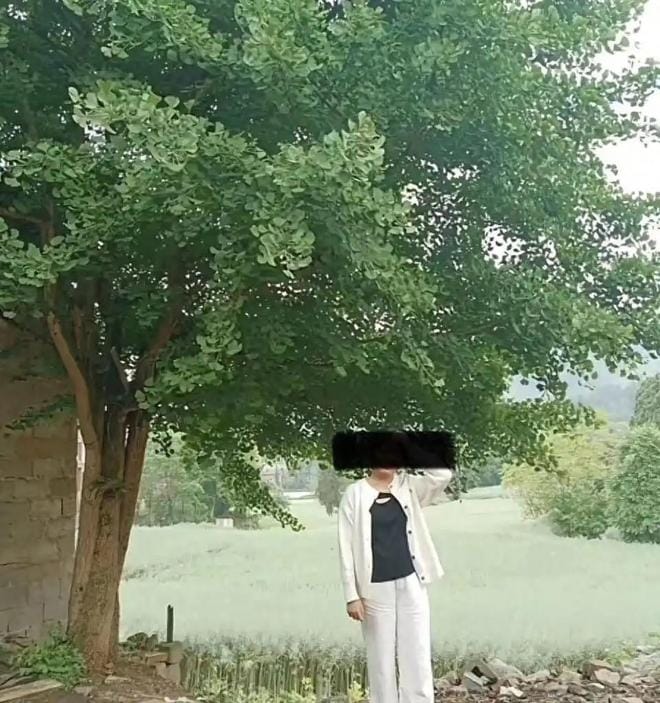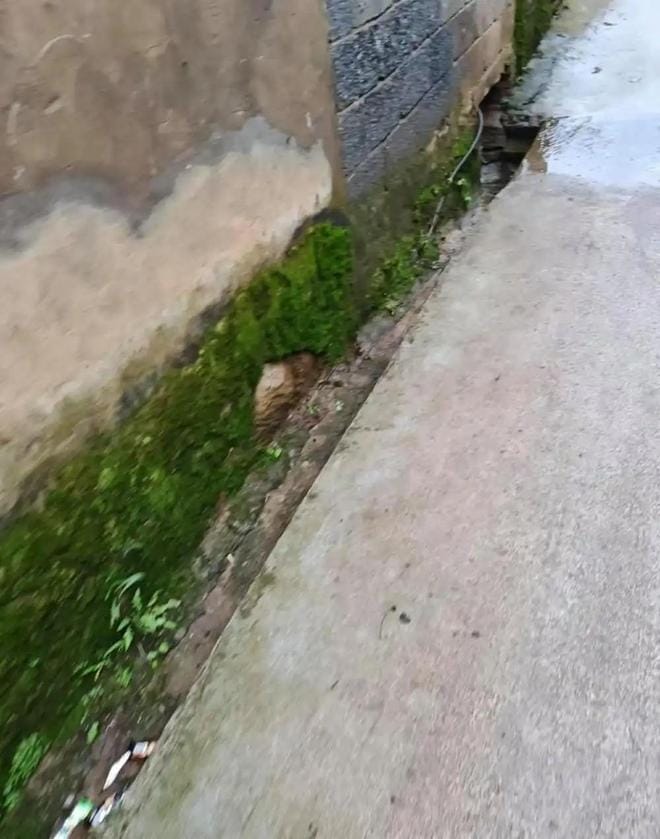Girl’s Murder by Classmate Sparks New Alarms Over Safety
The tragic murder of a teenage girl by her classmate exposes troubling issues about child safety, juvenile crime laws, and the protection of left-behind children.

Introduction: When Childhood Turns Tragic 😢
The recent heartbreaking case of a 15-year-old girl murdered by a 14-year-old classmate in Qujing, Yunnan, has sent shockwaves through communities and raised an alarm about children’s safety, juvenile criminal responsibility, and family care structures.
This incident is more than a single tragedy—it is a painful reminder that our systems to protect vulnerable children may be failing.

The Incident: A Horrific Betrayal of Trust
What should have been a normal walk home turned into a nightmare. Jiang Moumou, the 14-year-old suspect, initially escorted the girl with seemingly innocent intentions—chatting about homework and acting normal. But soon, the facade broke, and a sinister act unfolded.
The victim, described as shy and rarely going out due to poor health, lived alone while her parents worked far away. The danger came from within her own peer group, a reminder that threats to children’s safety don't always come from strangers. Often, they come from those who should protect or simply walk beside them.

Law and Juvenile Crime: A Complex Debate ⚖️
One of the most pressing questions raised by this case is: How do we handle such grave crimes committed by minors? In China, those aged 14 and above can be held criminally liable, but the sentencing depends on the judge’s assessment.
This situation sparks a difficult debate between justice and rehabilitation. Should a 14-year-old face harsh punishment or be given a chance for reform? This quandary challenges legal systems worldwide. Regardless, the law must weigh the victim’s rights, society’s safety, and the potential for offender reform.

Left-Behind Children: Invisible and Vulnerable 👧🏽🏠
The victim’s story also illuminates the plight of left-behind children—those whose parents migrate for work, leaving them under little supervision. These children often face loneliness, lack of guidance, and vulnerability to exploitation or harm.
Parents cannot be everywhere, and locking children indoors is neither practical nor healthy. So what solutions exist? Community support, school involvement, and increased awareness may provide a safety net. But the reality is complex and much remains to be done.
Societal Reactions and the Need for Change
Following the arrest, the silence and blame-shifting surrounding families of both victim and perpetrator highlight societal discomfort with confronting uncomfortable truths.
Each tragedy sparks media furor and fleeting outrage, but where is the sustained action? Discussions about safety education surface after every incident, yet effective strategies to prevent recurrence often lag behind.
We must ask: Are we doing enough to educate children about boundaries, respect, and danger? Are communities organized to act as guardians when parents must be away?
Conclusion: An Urgent Call to Protect Our Children 🤝
This devastating case raises critical questions without easy answers. It calls upon parents, educators, lawmakers, and society to reflect deeply on how to better protect children physically and emotionally.
Only through collective effort and heartfelt commitment can we hope to ensure no child falls prey to such horror again. Safety is not just a privilege—it is a right every child deserves.




